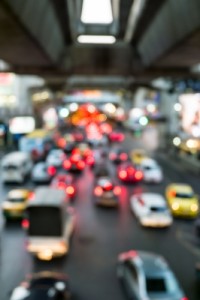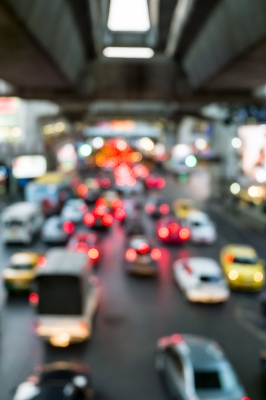 President Aquino last week said the odd-even scheme should be looked at as one of the solutions to Metro Manila’s massive traffic problems.
President Aquino last week said the odd-even scheme should be looked at as one of the solutions to Metro Manila’s massive traffic problems.
Government officials have said the traffic was a consequence of economic growth.
The president said the volume of vehicles and ongoing infrastructure projects were causing the traffic gridlocks. Building additional roads would be the ideal solution but this would take some time to accomplish so a more immediate solution had to be adopted, he said.
Senator Paolo Benigno Aquino IV warned that if not fully addressed immediately, economic losses due to heavy traffic in Metro Manila could balloon to P6 billion a day by 2030 from the current P2.4 billion daily.
For this reason, the solon filed a resolution seeking to review the Japan International Cooperation Agency (JICA) “Roadmap for Transport Infrastructure Development for Metro Manila and Surrounding Areas” to formulate effective strategies and solutions to address the negative economic impact of worsening traffic conditions in Metro Manila.
The study was created in coordination with the Department of Transportation and Communications (DOTC), Department of Public Works and Highways (DPWH), Metropolitan Manila Development Authority (MMDA), and other relevant agencies.
It intends to guide the National Economic and Development Authority (NEDA) Infrastructure Committee in deliberating the contents and priorities of a short-term (2014 to 2016) and a medium-term (2017-2022) transport investment program or TRIP.
The roadmap was approved in September 2014 by the NEDA Board.
“Commuters as well as private vehicle owners suffer the monstrous and extremely costly traffic every day in Metro Manila,” Aquino said in his Senate Resolution No. 1532.
He said that according to the study’s preliminary analysis, lower-income households will be the hardest hit if congestion worsens by 2030 as they will have to spend no less than 20% of their monthly household income on transportation.
“Without intervention, traffic demand will likely increase by 13 percent in 2030, and transport cost will be 2.5 percent higher,” the solon pointed out.
Moreover, he said relevant government agencies and local government units must contribute to the crafting of effective planning strategies and traffic management systems in order to improve traffic conditions in Metro Manila.
“The MMDA cannot solve the worsening traffic condition alone. The DPWH, Land Transportation Office (LTO) and Land Transportation Franchising and Regulating Board (LTFRB), and the private sector must also do their share in solving the dilemma,” the senator said.
Among factors that contribute to the worsening traffic condition is the significant population increase in Metro Manila which now stands at 16.5 million, he noted.
The lawmaker said the country’s growth will be impeded if daily commute costs become too steep for its citizens.
Image courtesy of nipitphand at FreeDigitalPhotos.net





